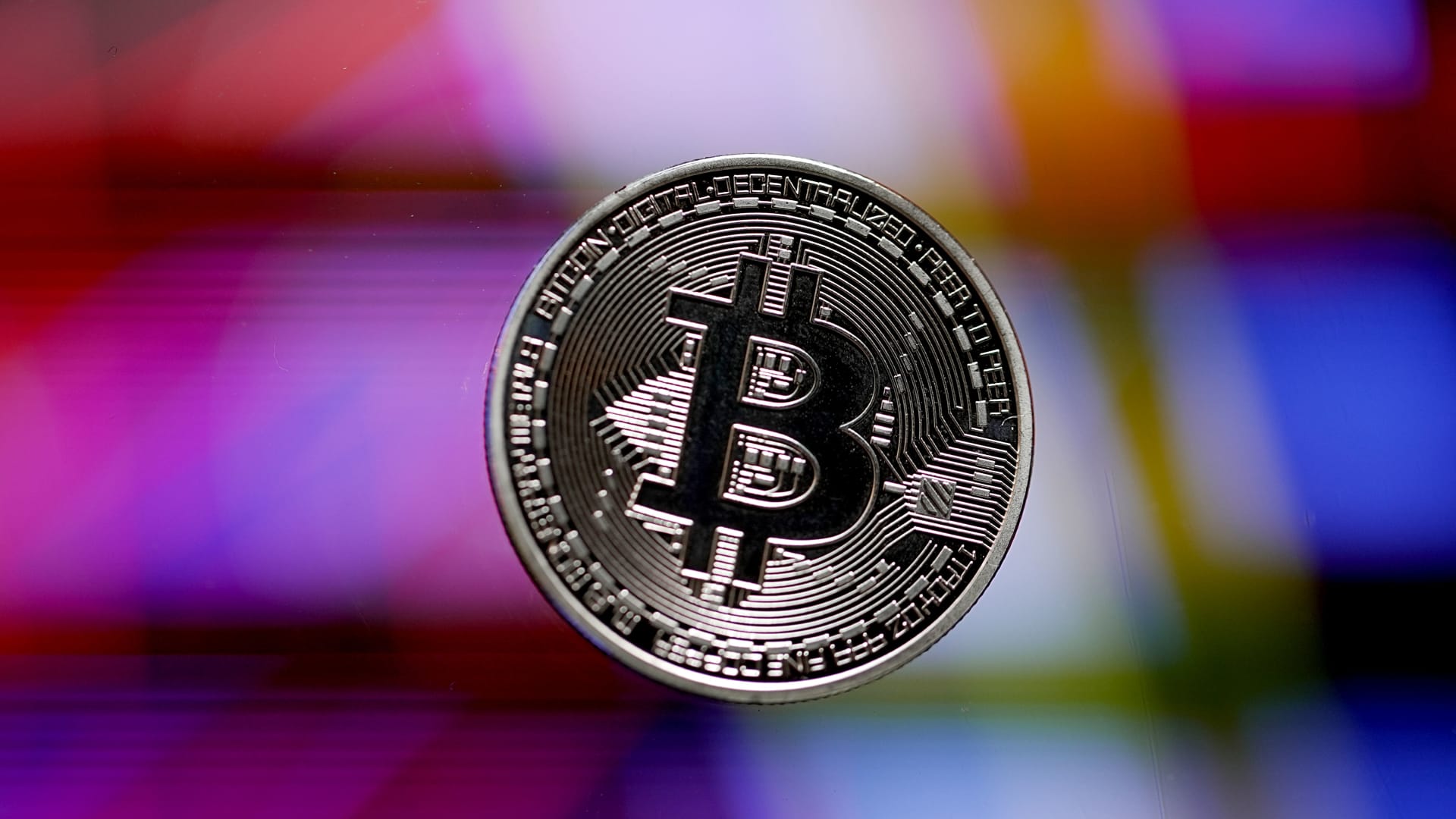
A visual representation of Bitcoin cryptocurrency.
Edward Smith | Getty Images
There’s a new and low-cost way to quickly send U.S. digital dollars around the world without a bank. And it’s built on bitcoin.
Blockchain start-up Lightning Labs announced Tuesday that it’s launching the Taro protocol, a technology that will route fiat-pegged stablecoins and other digital assets through the bitcoin monetary network. The project is still in development mode.
Taro uses Lightning, a payments platform built on top of bitcoin’s base layer that enables global, high volume, virtually instantaneous, and low-fee transactions using the security of the bitcoin blockchain.
“It’s one of those things where people don’t really know how the credit card system works – and it just works,” Lightning Labs CEO Elizabeth Stark told CNBC.
Typically, this ‘layer two’ payments platform is all about making bitcoin easier to spend and receive – but Lightning Labs has decided to extend the use case of this tech to other types of virtual cash.
“With this technology, you could route all the world’s currencies through bitcoin,” said Stark.
“People will be able to seamlessly go between bitcoin and say, a USD stablecoin, or peso, euro, yen, etc. And they can send those globally, instantly and with extremely low fees,” she said.
How it works
There is bitcoin, the asset class, and then there’s the global interoperable bitcoin monetary network. Lightning Labs is piggybacking off the latter.
You can think of Taro’s payment workflow as enabling bitcoin to serve as a hybrid of the SWIFT financial messaging system (the communication layer) and correspondent banking (routing component).
Typically, all nodes must agree to confirm a transaction on the bitcoin network, verifying every transaction on the blockchain. The process highlights one of bitcoin’s greatest strengths: its high degree of network decentralization, which is a big part of what ensures its security. But it is also relatively slow, averaging five transactions per second on bitcoin’s base layer, and can be expensive.
On the Lightning Network, not all participants in the network need to agree. Instead, nodes only verify transactions with which they are directly interacting.
That difference is key. Stark tells CNBC that it’s possible to execute hundreds of thousands of transactions per second on Lightning.
And then there’s the cost.
“Lightning transactions can be fractions of a penny…while a bitcoin transaction at the core protocol layer can be much more expensive than that,” said Alyse Killeen, founder and managing partner of bitcoin-focused venture firm Stillmark.
Twitter integrated Lightning tipping in 2021 and the technology is already deployed around the world in places like El Salvador, which made bitcoin legal tender in Sept. 2021.
But Lightning Labs says that the Taro protocol marks a major step in Lightning’s capacity to serve as the underlying value transfer protocol of the internet.
“From our standpoint, we’re particularly interested in the fiat and stablecoin aspects, because we’re really big into emerging markets,” explained Stark. “That’s something near and dear to our hearts. We’ve seen a lot of adoption there, and there’s a big demand for that.”
The ultimate goal is to create a frictionless on-ramp to the global economy requiring only a mobile phone, in order to include as many people as possible in the process.
Lightning Labs – which also announced it raised $70 million in Series B funding led by early Tesla and SpaceX backer Valor Equity Partners – says it is releasing the technical spec for the Taro protocol, so that it can incorporate feedback from developers as it continues to build the protocol.






